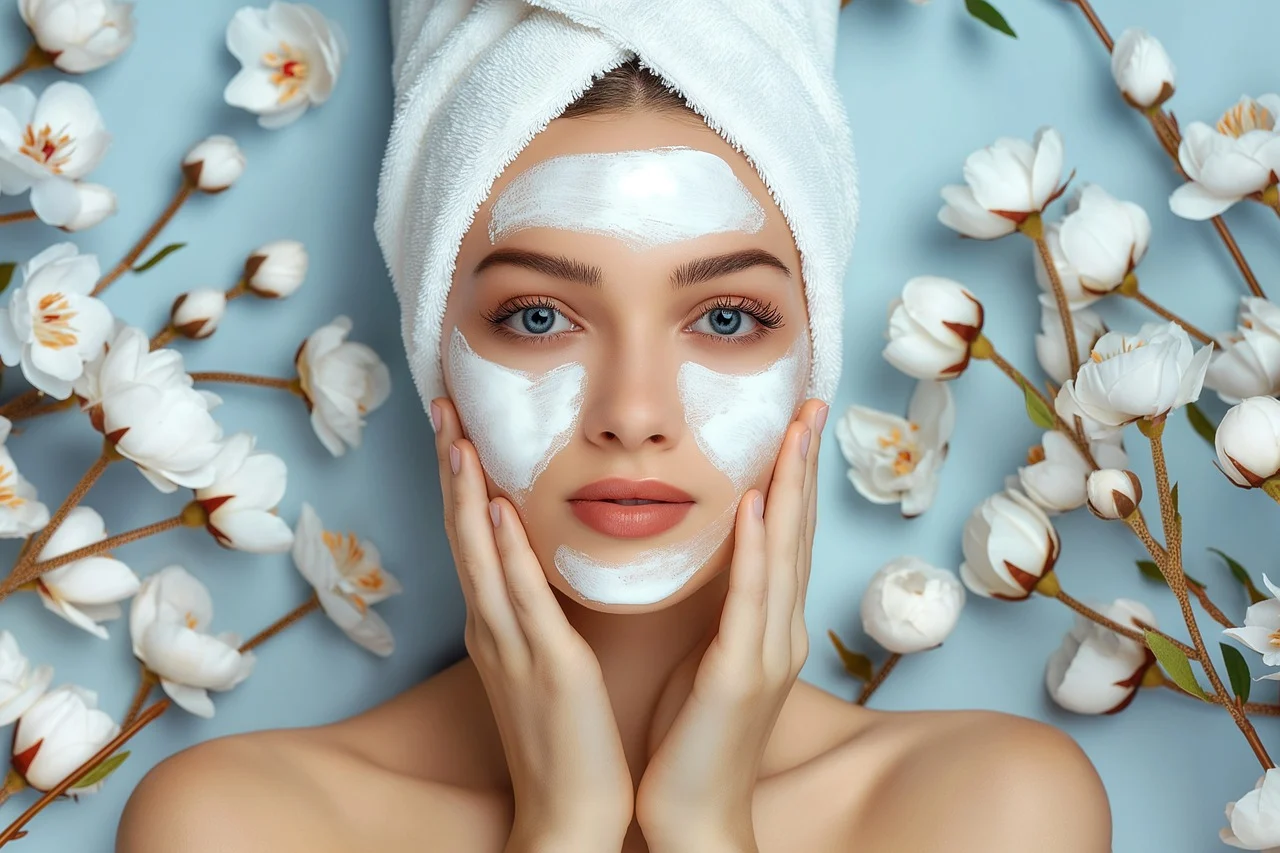Delving on Ultimately Managing Acne Whiteheads, Acne Blackheads and Effective Care Strategies

Introduction: Whiteheads and blackheads are common types of acne that can affect individuals of all ages. While they share similarities in their underlying causes, they differ in appearance and require slightly different approaches to care. In this article, we’ll explore the distinctions between whiteheads and blackheads and provide tailored strategies for properly managing each type.

Delving on Ultimately Managing Acne Whiteheads, Acne Blackheads and Effective Care Strategies
Whiteheads vs. Blackheads: Understanding the Difference
Whiteheads (Closed Comedones):
- Appearance: Whiteheads are small, raised bumps with a white or flesh-colored top.
- Formation: Whiteheads develop when pores become clogged with oil, dead skin cells, and bacteria, resulting in a closed comedone.
- Characteristics: The pore remains closed, trapping the debris and preventing it from oxidizing, which gives whiteheads their distinctive color.
- Location: Whiteheads typically appear on the surface of the skin as small, closed bumps, often in clusters.
Blackheads (Open Comedones):
- Appearance: Blackheads are small, dark spots that appear on the skin’s surface.
- Formation: Blackheads form when pores become clogged with oil, dead skin cells, and bacteria, resulting in an open comedone.
- Characteristics: The pore remains open, allowing the trapped debris to oxidize and turn black, giving blackheads their characteristic dark color.
- Location: Blackheads commonly appear on the nose, chin, and forehead, although they can occur anywhere on the face or body.
Proper Care Strategies for Whiteheads and Blackheads:
Whiteheads:
- Gentle Cleansing: Cleanse the skin twice daily with a gentle, non-comedogenic cleanser to remove excess oil, dirt, and impurities without stripping away moisture.
- Exfoliation: Exfoliate the skin 1-2 times per week with a gentle exfoliant containing salicylic acid or glycolic acid to remove dead skin cells and prevent clogged pores.
- Topical Treatments: Use over-the-counter or prescription-strength topical treatments containing ingredients like benzoyl peroxide, salicylic acid, or retinoids to target acne-causing bacteria and promote cell turnover.
- Spot Treatments: Apply targeted spot treatments containing benzoyl peroxide or salicylic acid directly to whiteheads to accelerate healing and reduce inflammation.
- Moisturize: Moisturize the skin with a lightweight, oil-free moisturizer to prevent dryness and irritation, especially when using acne-fighting products.
- Sun Protection: Protect the skin from UV damage by applying a broad-spectrum sunscreen with SPF 30 or higher every morning to prevent post-inflammatory hyperpigmentation.
Blackheads:
- Gentle Cleansing: Cleanse the skin twice daily with a gentle, non-comedogenic cleanser to remove excess oil, dirt, and impurities without stripping away moisture.
- Exfoliation: Exfoliate the skin 1-2 times per week with a gentle exfoliant containing salicylic acid or glycolic acid to remove dead skin cells and unclog pores.
- Extraction: Consider professional extractions performed by a dermatologist or esthetician to safely remove stubborn blackheads without causing damage to the skin.
- Clay Masks: Use clay masks once or twice a week to absorb excess oil, unclog pores, and reduce the appearance of blackheads.
- Oil Control: Use oil-control products such as mattifying primers or blotting papers throughout the day to minimize shine and keep blackheads under control.
Conclusion: Whiteheads and blackheads are common types of acne that require proper skin care and treatment to manage effectively. By understanding the differences between whiteheads and blackheads and implementing tailored care strategies, you can address these blemishes and achieve clearer, healthier skin. Remember to be patient and consistent with your skincare routine, as improvement may take time. With the right approach and professional guidance, you can take control of your acne and restore your skin’s natural balance and vitality.







